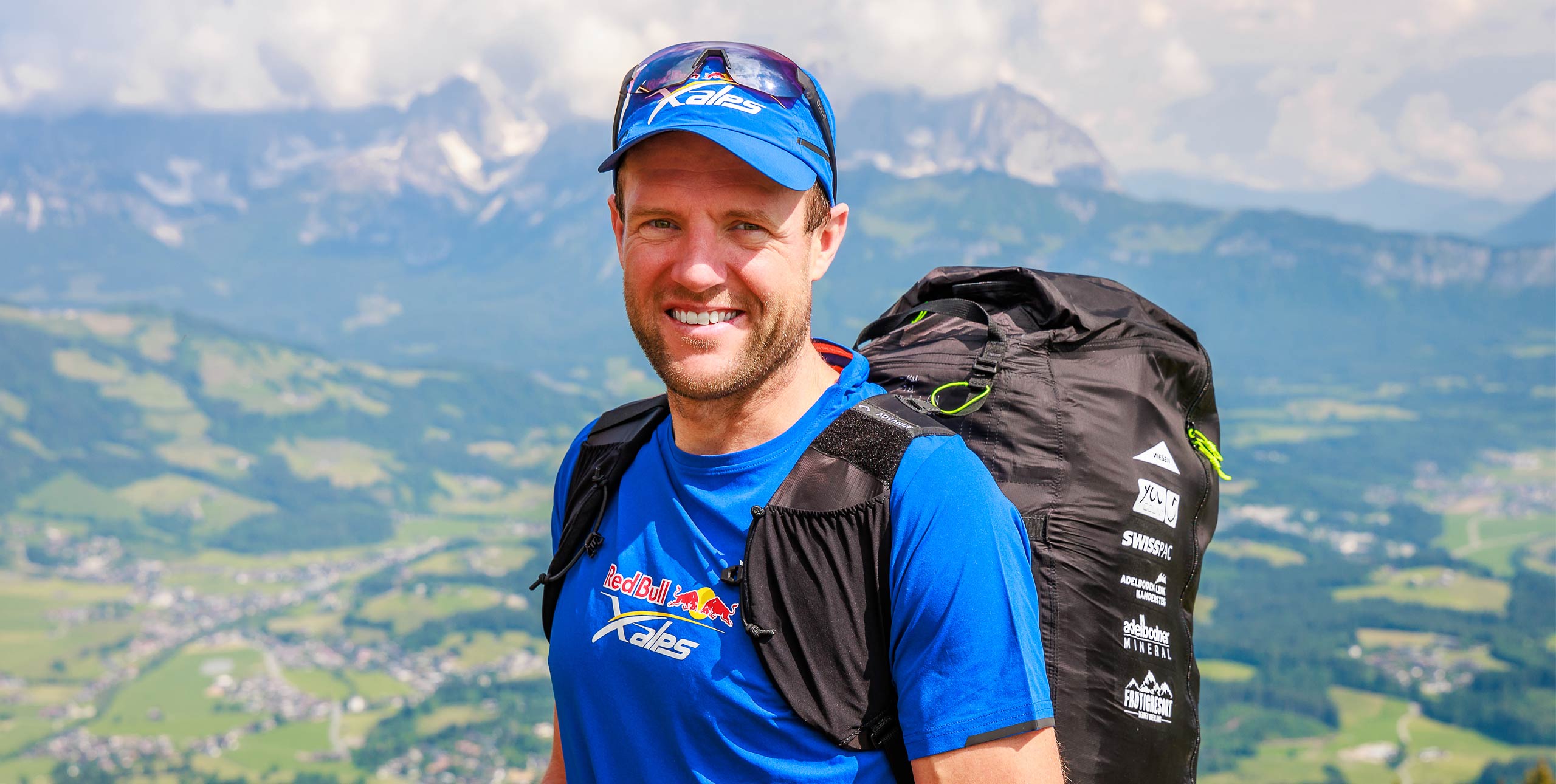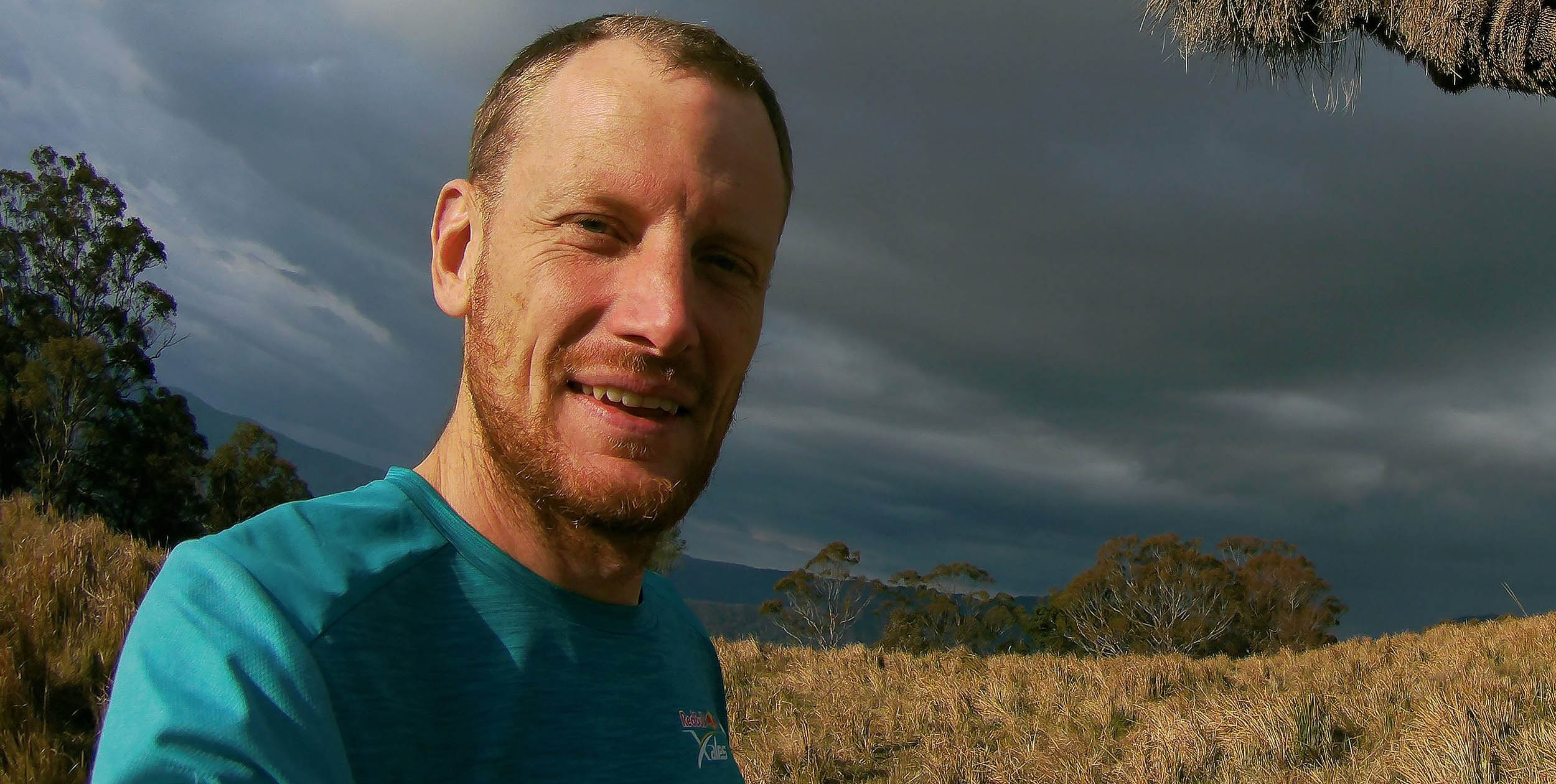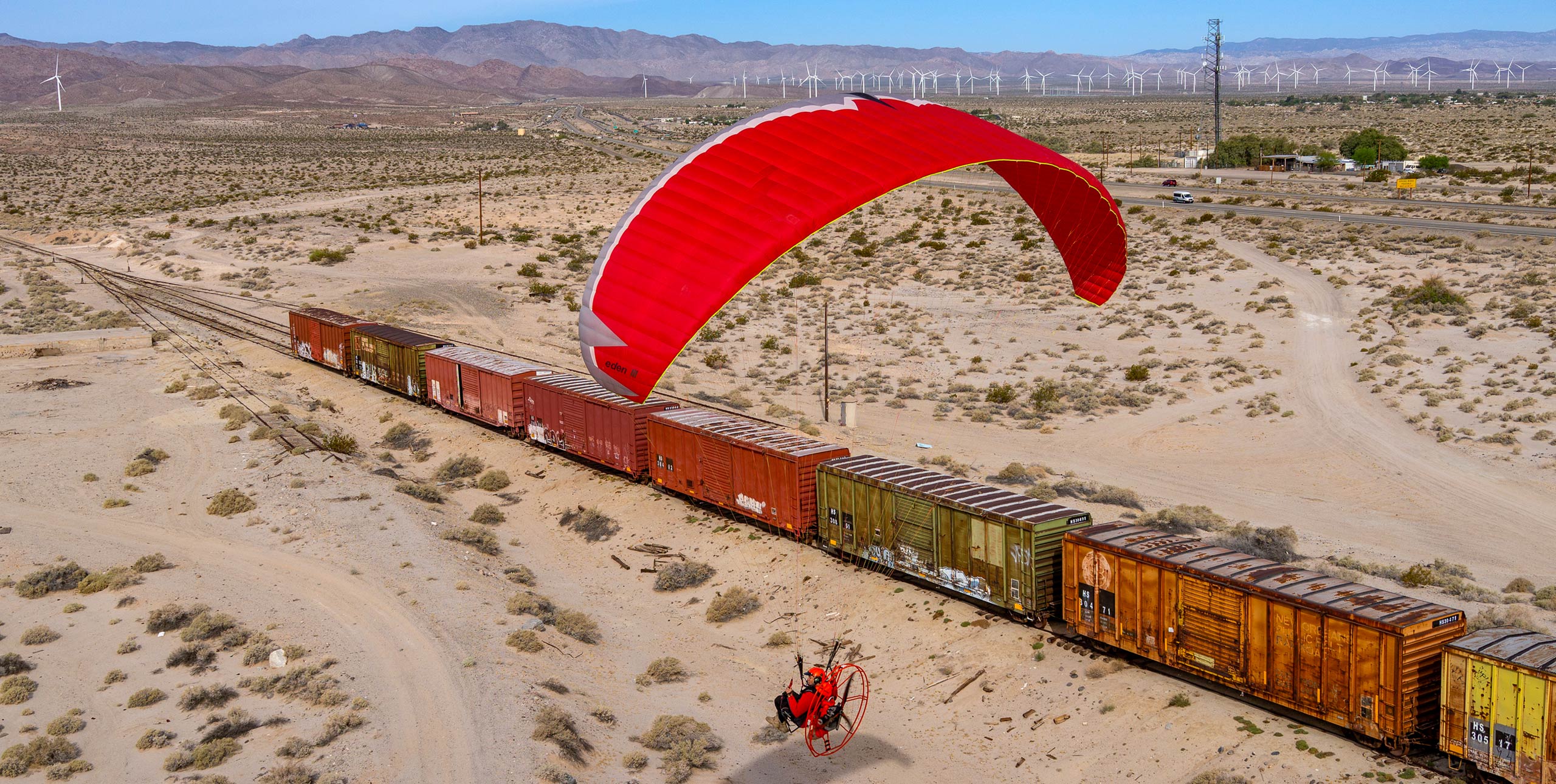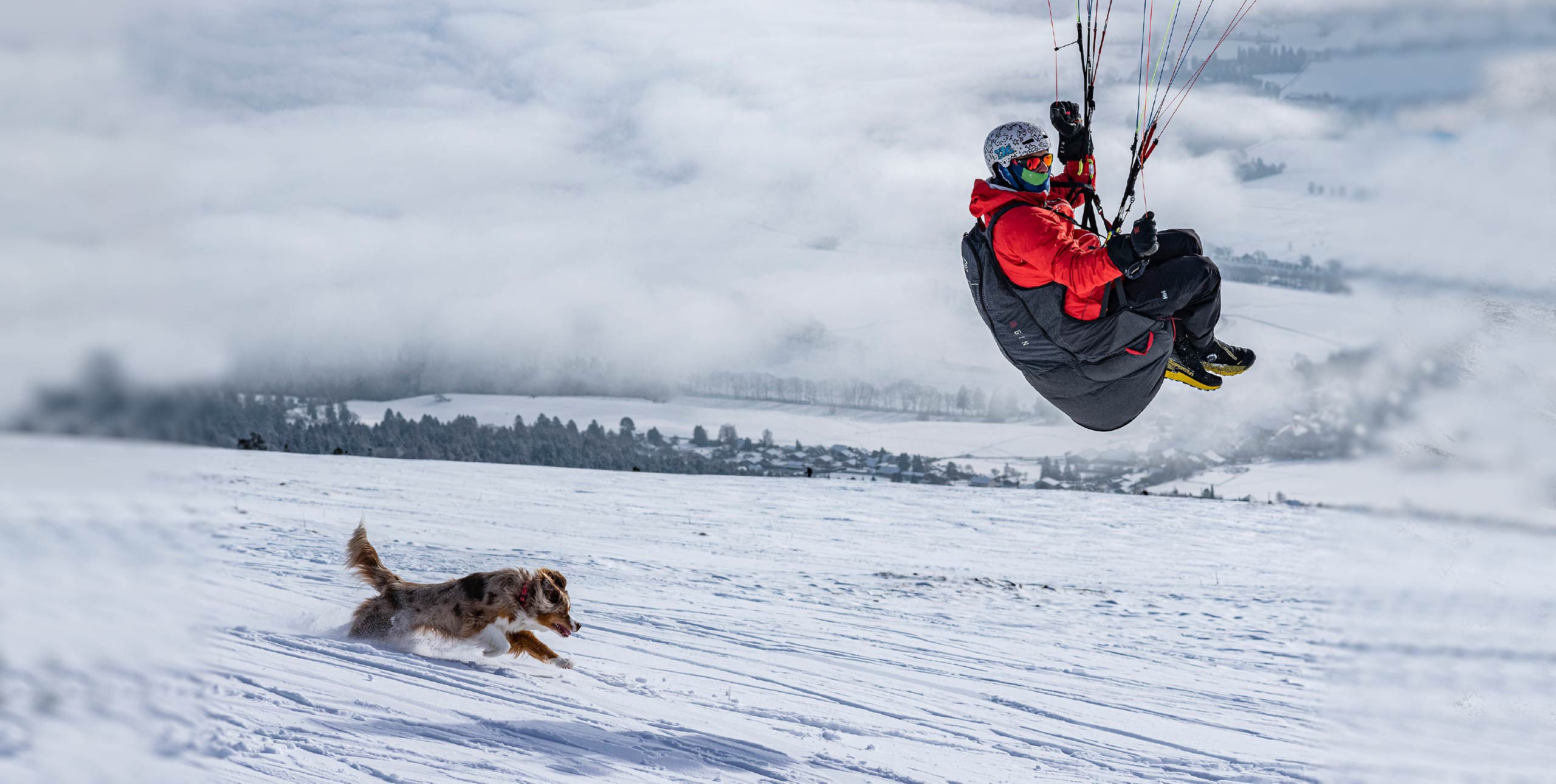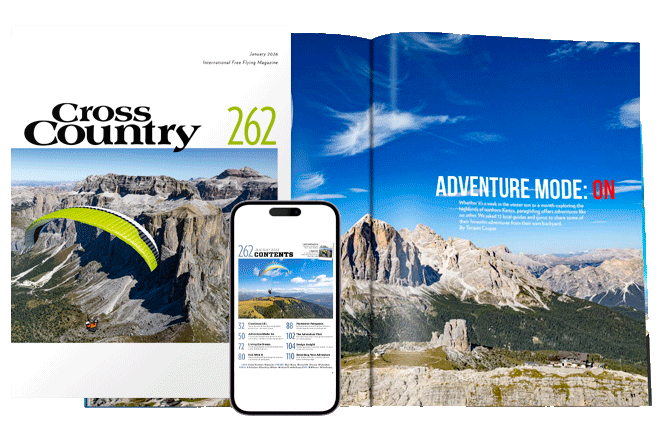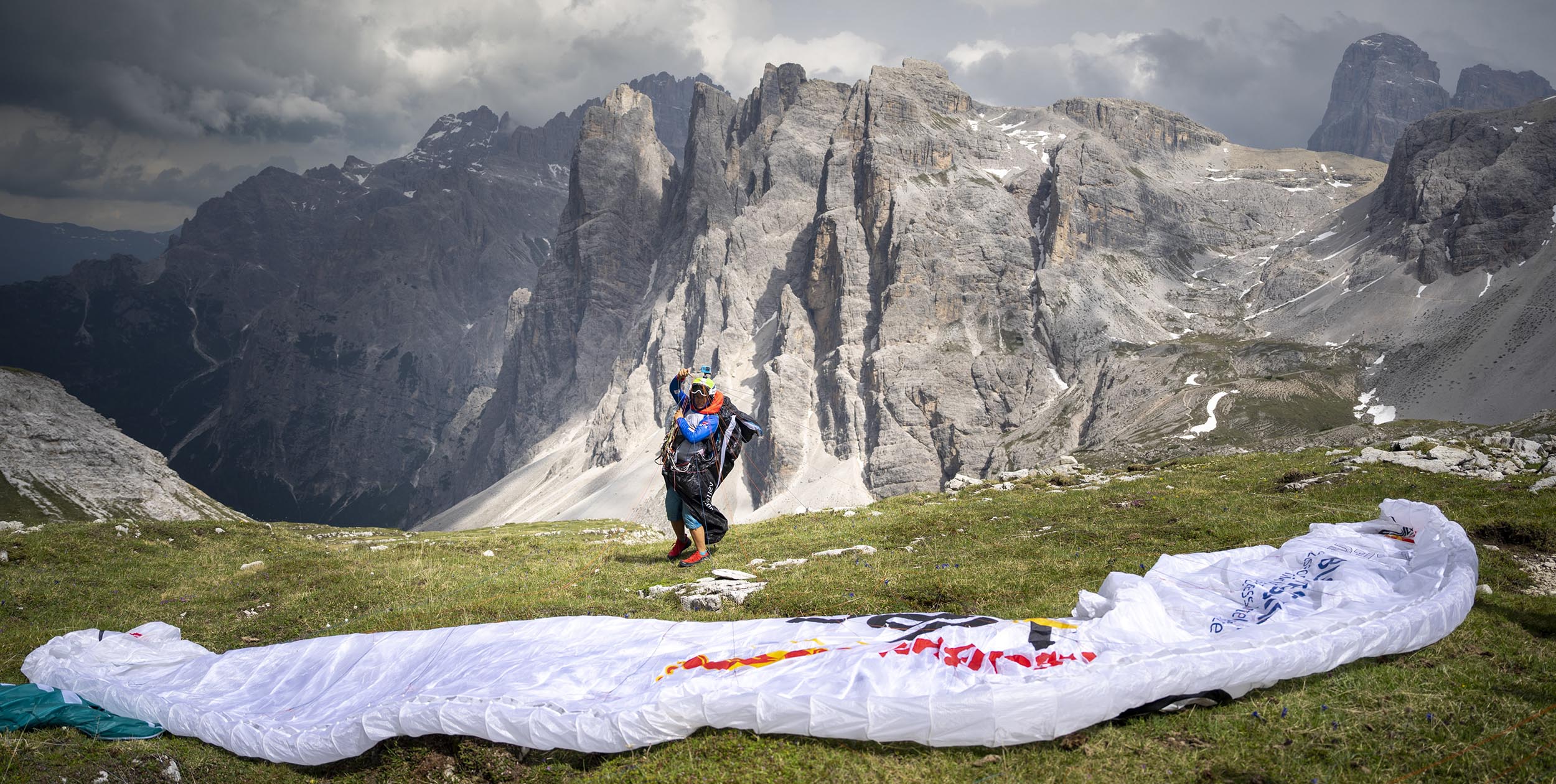
Race watcher and former Red Bull X-Alps athlete Tom Payne on how the race has changed – and why that’s not a bad thing
A friend of mine, Ilona, asked: “The Red Bull X-Alps is more of a comp flying and endurance race than an adventure race nowadays, do you feel the same?”
Yes, totally. The Red Bull X-Alps has become incredibly professional, which isn’t a bad thing per-se, but it has certainly taken away a lot of the adventure. It all changed when Chrigel Maurer showed everyone how to do it in 2009, but I think the most important factors are:
1. Large support teams. Most athletes have two to four supporters in multiple vehicles. This means that the support team is present at all times, even covering multiple options. You can send a support vehicle to each side of the main alpine chain. On the ground the athlete is never alone.
2. Behind-the-scenes strategists with reliable two to three day weather forecasts and detailed maps. This means that tactical decisions (“which footpath should I follow right now?” “left or right?”) and strategic decisions (“where should I launch tomorrow morning?”) are taken by knowledgeable pilots with access to full information. The athlete doesn’t need to do this themselves. The athlete only needs to execute the tactics.
The “execution of the tactics” is what continues to separate Chrigel Maurer from everybody else. Despite the new route, each story of Chrigel’s win is the same. There is a day, when conditions are extreme, where everyone else fights to survive, but Chrigel makes significant progress along the course line. It’s just one day (this year it was Friday 16 June), but that day defines the distance by which Chrigel wins.
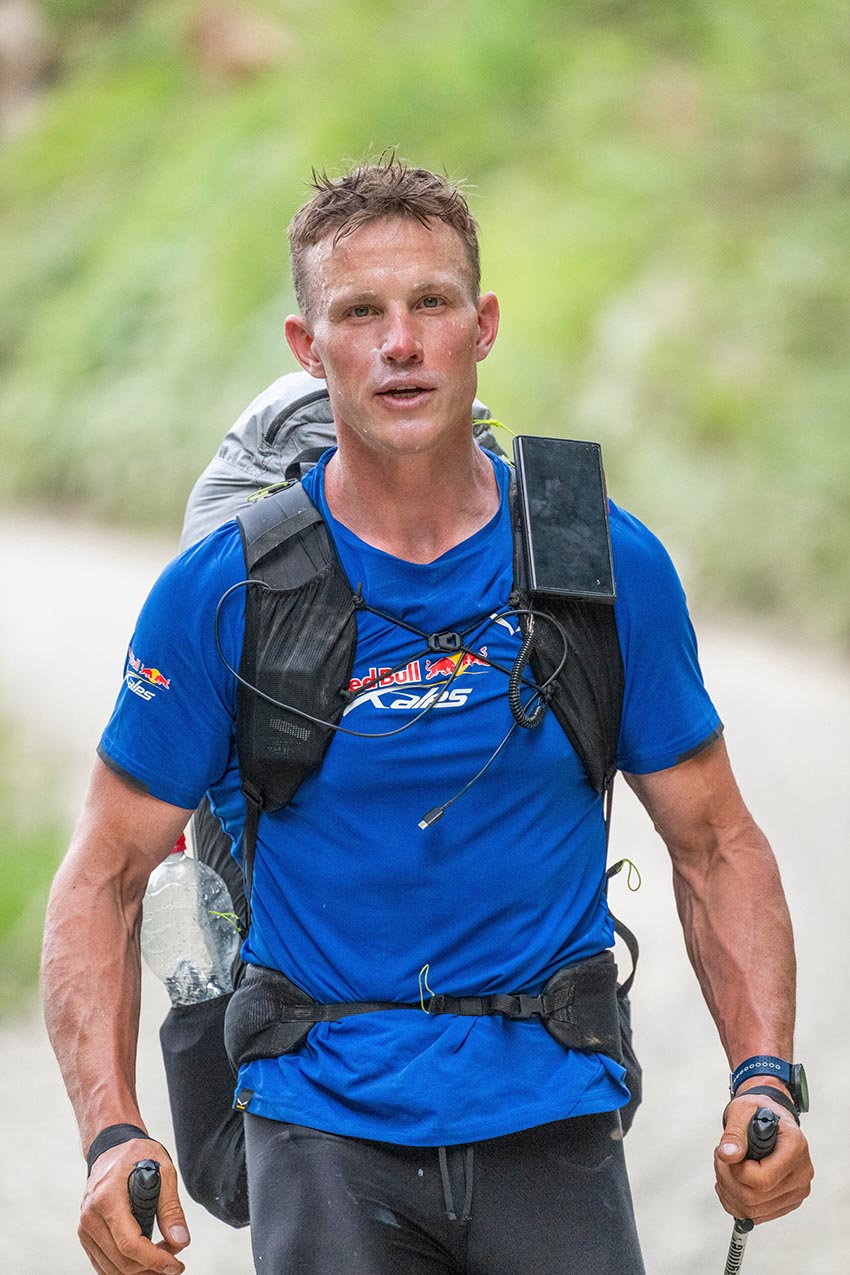
There has been criticism that the race is less of an adventure due to the circular route, but I don’t agree. It might feel like less of an unknown because, instead of flying towards a distant goal, you’re flying back to somewhere you’ve seen recently. This is a psychological difference. Barring a couple of kilometers between Kitzbühel and Zell am See, every kilometer of the race was unique for every athlete.
Adventure is where the outcome of your decision is unknown. For sure, there is a natural evolution common to all adventure sport racing. Initially it is an adventure undertaken alone. Then it’s an adventure with a few friends. Then somebody starts taking it seriously and it transitions from an adventure to a race. Racing is where you know the outcome but you have to work hard to get there. The racers become stronger and more efficient, eventually taking over, and those who were there for the adventure start looking elsewhere.
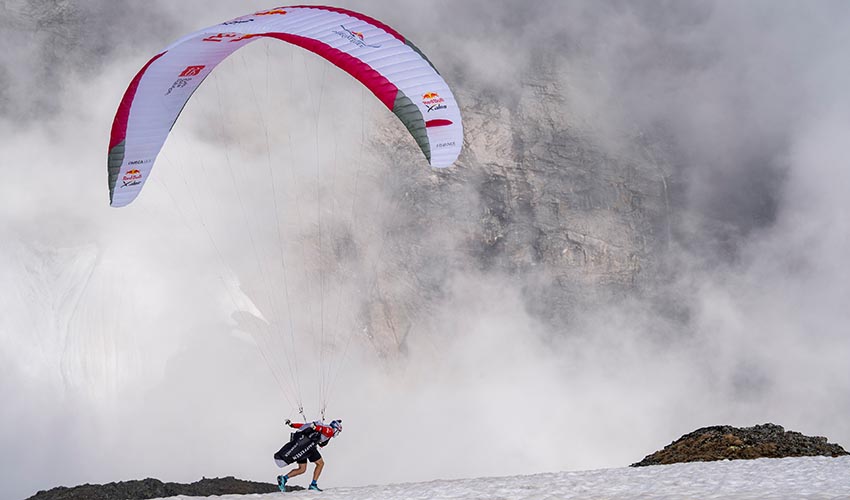
It happened in traditional race-to-goal comps some time ago. It used to be that getting to goal was rare, with only a few people making it to the finish. Now, to win the World Championships, you’ll carry 45kg – two thirds of your body weight – to launch so that you can fly an eight-year-old wing (Enzo 3) in an inflatable sauna (Submarine) for three hours, never out of sight of the landing field. And forty pilots will arrive in goal one minute before you and forty pilots will arrive one minute after you. Where is the adventure?
The Red Bull X-Alps is the adventure. Not a single athlete overlapped their way-out and way-in tracks. The selective pressure on equipment is for lighter gear that flies better, even in the most demanding conditions. The teams that form, together facing so many unknowns, swim to the finishing raft together.
The lightweight, high-performance wings and harnesses that we all fly now are the direct result of the demands of the Red Bull X-Alps. It is the athletes’ skill, the teams supporting, and the designers building that enable the next generation of our incredible flying machines. Long may the race continue.
Tom Payne competed in the 2009 edition of the Red Bull X-Alps and supported Jon Chambers twice – they even wrote a book about it


